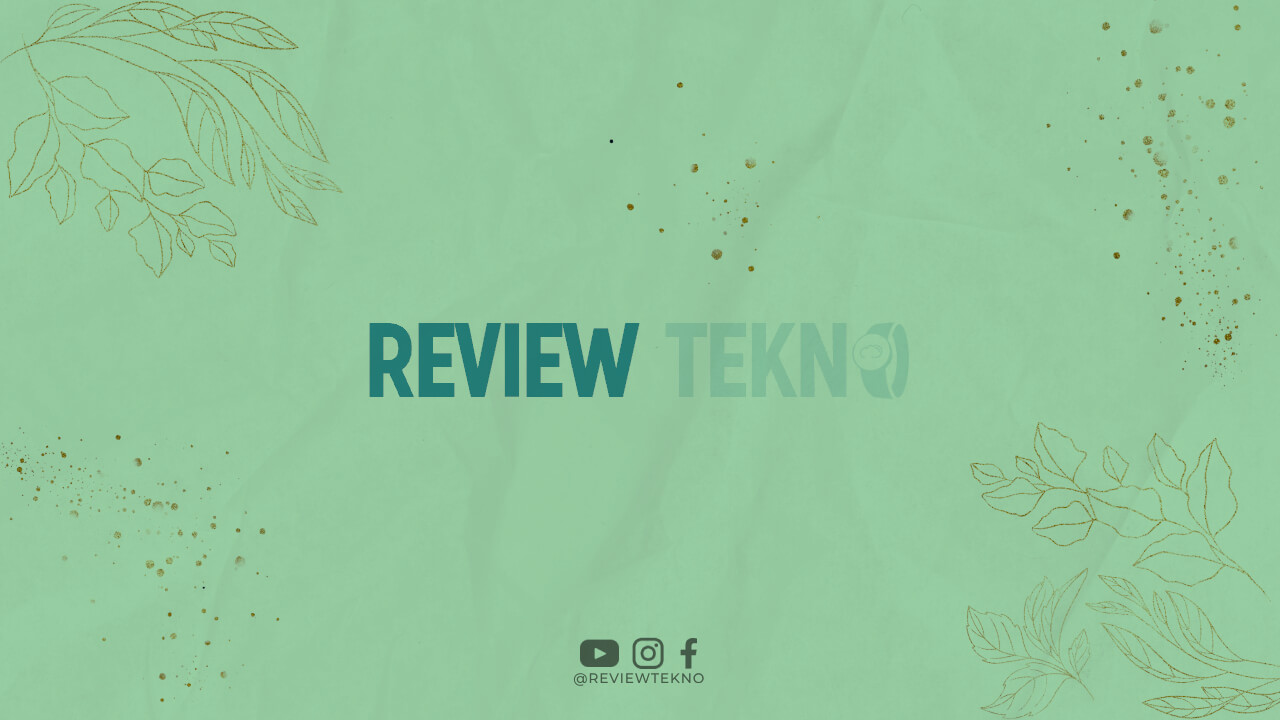The Bank of Canada has been exploring the possibility of a digital currency for a few years now. In fact, they have been studying the concept since 2013. Recently, the Bank of Canada announced that they are working on a digital currency that could be used in transactions across the country.
What is a Digital Currency?
A digital currency is a form of currency that is entirely digital. It is not backed by any physical commodity, such as gold or silver. Instead, it is created and managed using complex algorithms and blockchain technology.
How Will the Bank of Canada Digital Currency Work?
The Bank of Canada’s digital currency will work similarly to other forms of digital currency, such as Bitcoin or Ethereum. Users will be able to store the digital currency in a digital wallet and use it to purchase goods and services online and in-person.
What Are the Benefits of a Digital Currency?
There are several benefits to a digital currency, including:
- Lower transaction fees
- Faster transaction times
- Increased security
- Greater accessibility
Because digital currency transactions are processed using blockchain technology, they can be completed more quickly and securely than traditional transactions. Additionally, because there are no intermediaries involved in the transaction, there are typically lower transaction fees.
What Are the Risks of a Digital Currency?
There are also risks associated with digital currencies, such as:
- Volatility
- Lack of government backing
- Security concerns
Digital currencies, such as Bitcoin, have been known to experience significant volatility in their value. Additionally, unlike traditional currencies, digital currencies are not backed by any government. This lack of backing can make them more vulnerable to market fluctuations. Finally, because digital currencies are entirely digital, they may be more susceptible to security breaches.
How Will the Bank of Canada Digital Currency Impact the Economy?
The Bank of Canada digital currency has the potential to impact the economy in several ways. For example, it could:
- Reduce the use of physical currency
- Lower transaction costs
- Increase financial inclusion
By reducing the use of physical currency, the Bank of Canada’s digital currency could help to reduce the costs associated with printing and distributing traditional currency. Additionally, because digital currency transactions are typically less expensive than traditional transactions, it could help to reduce transaction costs for businesses and consumers. Finally, the increased accessibility of digital currency could help to increase financial inclusion for those who have been traditionally underserved by traditional banking systems.
When Will the Bank of Canada Digital Currency Be Available?
The Bank of Canada has not yet announced a timeline for the release of its digital currency. However, it has indicated that it is actively exploring the possibility and is working to develop the infrastructure necessary to support such a currency.
Conclusion
The Bank of Canada’s digital currency has the potential to revolutionize the way we think about currency and transactions. While there are risks associated with digital currencies, there are also many potential benefits, including lower transaction costs and increased accessibility. As the Bank of Canada continues to explore the possibility of a digital currency, it will be interesting to see how it impacts the economy and our daily lives.

